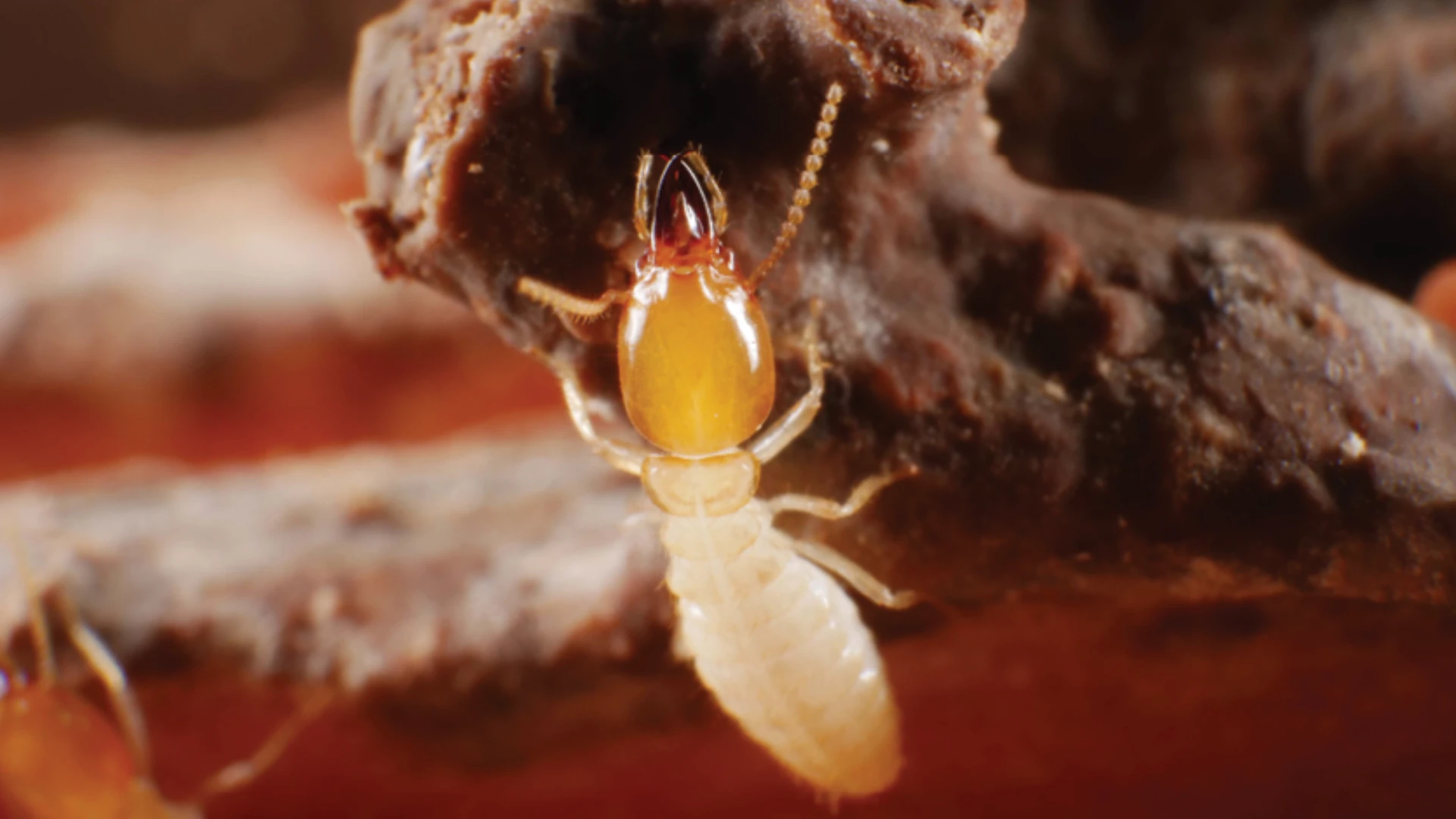 Editor’s note: This article, which originally appeared in a July 21 e-newsletter sponsored by MGK and has been updated, reviews how certain pesticide applicators — including those who perform mosquito and aquatic weed treatments — could be impacted by a ruling requiring them to obtain National Pollutant Discharge Elimination System (NPDES) permits. According to EPA, the permit covers operators who discharge to waters of the United States from the application of (1) biological pesticides or (2) chemical pesticides that leave a residue (collectively called pesticides), when the pesticide application is for one of the following pesticide use patterns:
Editor’s note: This article, which originally appeared in a July 21 e-newsletter sponsored by MGK and has been updated, reviews how certain pesticide applicators — including those who perform mosquito and aquatic weed treatments — could be impacted by a ruling requiring them to obtain National Pollutant Discharge Elimination System (NPDES) permits. According to EPA, the permit covers operators who discharge to waters of the United States from the application of (1) biological pesticides or (2) chemical pesticides that leave a residue (collectively called pesticides), when the pesticide application is for one of the following pesticide use patterns:
- Mosquito and Other Flying Insect Pest Control — to control public health/nuisance and other flying insect pests that develop or are present during a portion of their life cycle in or above standing or flowing water. Public health/nuisance and other flying insect pests in this use category include mosquitoes and black flies.
- Weed and Algae Pest Control — to control weeds, algae and pathogens that are pests in water and at water’s edge, including ditches and/or canals.
- Animal Pest Control — to control animal pests in water and at water’s edge. Animal pests in this use category include fish, lampreys, insects, mollusks and pathogens.
- Forest Canopy Pest Control — application of a pesticide to a forest canopy to control the population of a pest species (e.g., insect or pathogen) where, to target the pests effectively, a portion of the pesticide unavoidably will be applied over and deposited to water.
With the start of the 2012 mosquito season pest management professionals must comply with new U.S. EPA requirements unless Congress passes a legislative fix by Oct. 31. Even then, some states already will have finalized more stringent versions of the federal law.
How It Came About. The need for a general National Pollutant Discharge Elimination System permit to apply pesticides for mosquitoes, forest canopy pests, and aquatic weeds and pests resulted from a 2009 Sixth Circuit Court ruling that classified pesticide discharges to U.S. waters as pollutants under the Clean Water Act (CWA). The permit was to take affect April 9 but the EPA requested a six month stay to finish endangered species consulting.
Industry and state agencies contend the law is duplicative, costly and burdensome as pesticides already are regulated under the Federal Insecticide, Fungicide and Rodenticide Act (FIFRA).
At their urging, the U.S. House of Representatives passed H.R. 872: Reducing Regulatory Burdens Act of 2011 on March 31. This bill amends CWA and FIFRA by exempting lawful pesticide applications from NPDES permitting requirements. If signed into law, it would eliminate federal NPDES permit requirements for pesticide applicators. The bill is in the Senate but had not been acted on at press time.
Plan for Implementation. The likelihood of the Senate passing H.R. 872 or similar legislation and having the President sign it into law by Oct. 31 isn't impossible, but neither is it likely.
PMPs must assume permit requirements are going to "play out as proposed," said Karen Larson, global registrations director at Clarke, a mosquito control product registrant and provider of abatement services. Now is the time to "plan for implementation." She urged applicators to perform due diligence, prepare documentation and align resources to ensure compliance in the 2012 season.
The biggest challenge will be meeting considerable documentation and reporting requirements. The permit is a "paper exercise" and the hardest part to comply with is the administrative piece, said Larson.
Applicators that annually treat more than 6,400 cumulative acres will be required to file a notice of intent, develop an annual pesticide discharge management plan, and document Integrated Pest Management activities, water monitoring, steps taken to minimize pesticide discharges, equipment maintenance and calibration, and adverse incident monitoring.
Professionals who provide ongoing barrier treatments or maintain misting systems that treat areas three times a day for several months could quickly exceed the 6,400 acre threshold.
Even if they don't, they are under an "affirmative obligation" to comply with all provisions that pertain to them, explained Jim Skillen, science and regulatory affairs director at Responsible Industry for a Sound Environment (RISE). They must document activities and keep records because "one day somebody's going to show up and ask to see them."
The permit also exposes operators to potential liability down the road" because citizen action suits are allowed under CWA, he added. "People can allege there's a violation and you have to defend yourself."
Operators must prepare now. Mosquito Squad, the largest franchised private mosquito control company in the nation, will adjust its standard protocol to match the requirements of the final NPDES ruling, said Russ Jundt, COO of Mosquito Squad of Minnesota.
States' Laws Differ. Because of the original April 9 deadline and the fact EPA didn't ask for a stay until late March, "states were in a very uncomfortable position" to comply, said Skillen.
Forty-four states are required to implement their own NPDES permits, which are "all over the place" with some requiring minimal activity and others going beyond EPA requirements, he said.
"You have to understand what is going on in your state," cautioned Skillen. Companies that operate in multiple states will have a "nightmare" figuring out the different reporting obligations. A paperwork violation is $11,000, he reminded.
Heed the Call to Action. At the National Pest Management Association's Legislative Day on March 15, professionals played a vital role in helping H.R. 872 pass the House. Additional support will be needed to move the bill or similar legislation through the Senate.
It isn't clear if or when the Senate will pass a companion bill, said NPMA Senior Vice President Bob Rosenberg. "Clearly, the court extending the deadline stymied the impetus to act."
Once a Senate hearing is scheduled, associations will alert members to contact senators and ask them to support the fix. "We're going to need everybody to weigh in to help us move legislation," said Skillen.
Even groups, such as the Association of American Pest Control Officials (AAPCO) and the National Association of State Departments of Agriculture, want this fixed, citing significant costs to states and pesticide users and serious public health consequences. The increased permitting burden will divert scarce funds from vital public health and vector control activities, said Chuck Andrews, AAPCO president and director of the Pesticide Programs Division of the California Department of Pesticide Regulation. For some mosquito control districts, permit compliance costs will be nearly quadruple current budgets.
Congress' preoccupation with raising the debt ceiling limit and the summer recess for legislators didn't help organizations' stress levels.
It may not make a difference what happens at the federal level if the states commit their permits to law, said Larson, who's not optimistic a legislative fix will happen in time. "It's always harder to repeal an environmental law than create one."
And states' laws might not include a small business exemption that reduces some permit obligations for companies with less than $7 million in revenue and less than 500 employees. EPA amended its permit due to the advocacy of RISE and the Small Business Administration. "We're pushing our members to push the states to include that new exemption," said Skillen.
EPA had planned to unveil its final permit by July 30 to give states three months to finalize requirements and figure out funding, outreach and administration of permits; as of press time that had not occurred. What happens between now and October is critical, said Larson. A pre-publication version of EPA's draft final pesticide general permit for discharges of pesticide applications to U.S. waters can be downloaded at http://www.epa.gov/npdes/pubs/draftfinal_pgp.pdf.
The author is a frequent contributor to PCT. She can be reached at anagro@giemedia.com.

Explore the August 2011 Issue
Check out more from this issue and find your next story to read.
Latest from Pest Control Technology
- Kwik Kill Pest Control's Neerland on PWIPM Involvement, Second-Generation PCO
- Webinar: Employee Incentives — Going Beyond the Annual Raise
- Pest Control Companies Helping Neighbors in Need Eradicate Bed Bugs
- Why Does Marketing Feel So Opaque?
- How Did This Pest Get Its Name?
- Rose Pest Solutions Honors Top Performers with Annual Chief’s Club Awards
- Doug Foster on Termite Control Equipment, Resources
- Pest Control Consultants Acquires EcoGuard Pest Control






